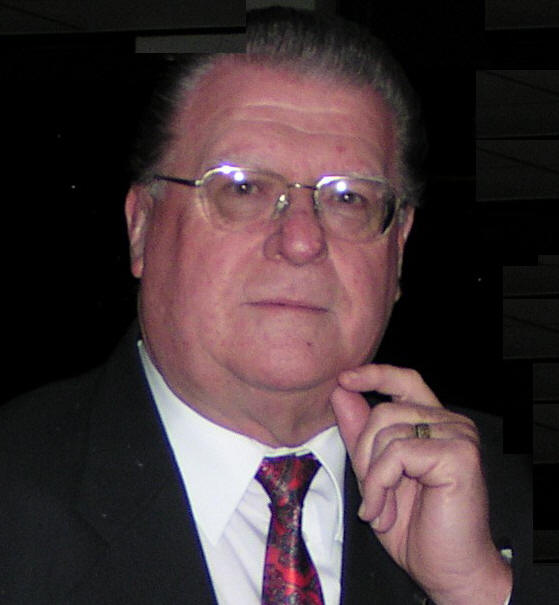
Guest Speaker Report
by

Rotarian Peter Douglas
Wednesday 16 July 2008
Our guest speaker was Don Burvall who was introduced by Janelle Watson. His subject was ‘Life in a Shearing Shed’
Don, who is a retired Wool Classer, is a member of the Rotary Club of Chester Hill. He has been an assistant judge at the Royal Easter Show and has also taught at TAFE.
There are 2 types of Wool Classer – Professional and Owner Classer. As a professional Don has his own unique stencil which means any bale of wool which he has classed can be identified anywhere within the chain from shearing to manufacture.
There are 3 clearly defined areas of sheep production. There are those (basically Merino) which are raised for the sole purpose of providing wool. Then there are those that are fattened for the domestic meat market and finally the live export market.
Wool is classed on the fineness of the fibre. This is expressed in microns which is a measure of the diameter of the wool fibre. In June 2008 a bale of wool produced by the Hillcreston Pinehill Partnership which had an average micron measurement of 11.6 realised $247,480. It was exported to India.
Most wool between 11.5 and 24 microns is used in clothing. Larger micron wool is used for blankets, insulation and furnishings.
In the shearing shed the day starts with a hearty breakfast (normally a female cook) and then progresses through the day with a break for morning tea, then lunch, followed by afternoon tea and finally dinner. Surprisingly the classer was provided with a separate table with full table service. Shearer’s quarters were very basic.
In the late 1800’s shearer’s using hand shears were paid 14 shillings per 100 sheep shorn. The current rate with machine shearing is $202 per 100.
As the saying goes Australia has progressed on the sheep’s back. From the original 28 sheep in the First Fleet the flock reached a peak of 183 million in the 1970’s.Currently the flock numbers are around 100 million located on around 70000 properties across Australia. The largest property was Thylungra Downs in Queensland which had an area of 23000 square miles and had 101 shearing stands. It now fattens cattle.
Other items mentioned by Don included the introduction of the ‘wide’ combs, chemical shearing, mulesing of sheep to prevent blowfly strike and shearing records.
After questions from the floor which included Tax Accountant Charles Pitt seeking clarification of the terms ‘not found’ and ‘found’ which relates to the provision of tucker for the shearing gang Don was thanked by PP Roger Vince